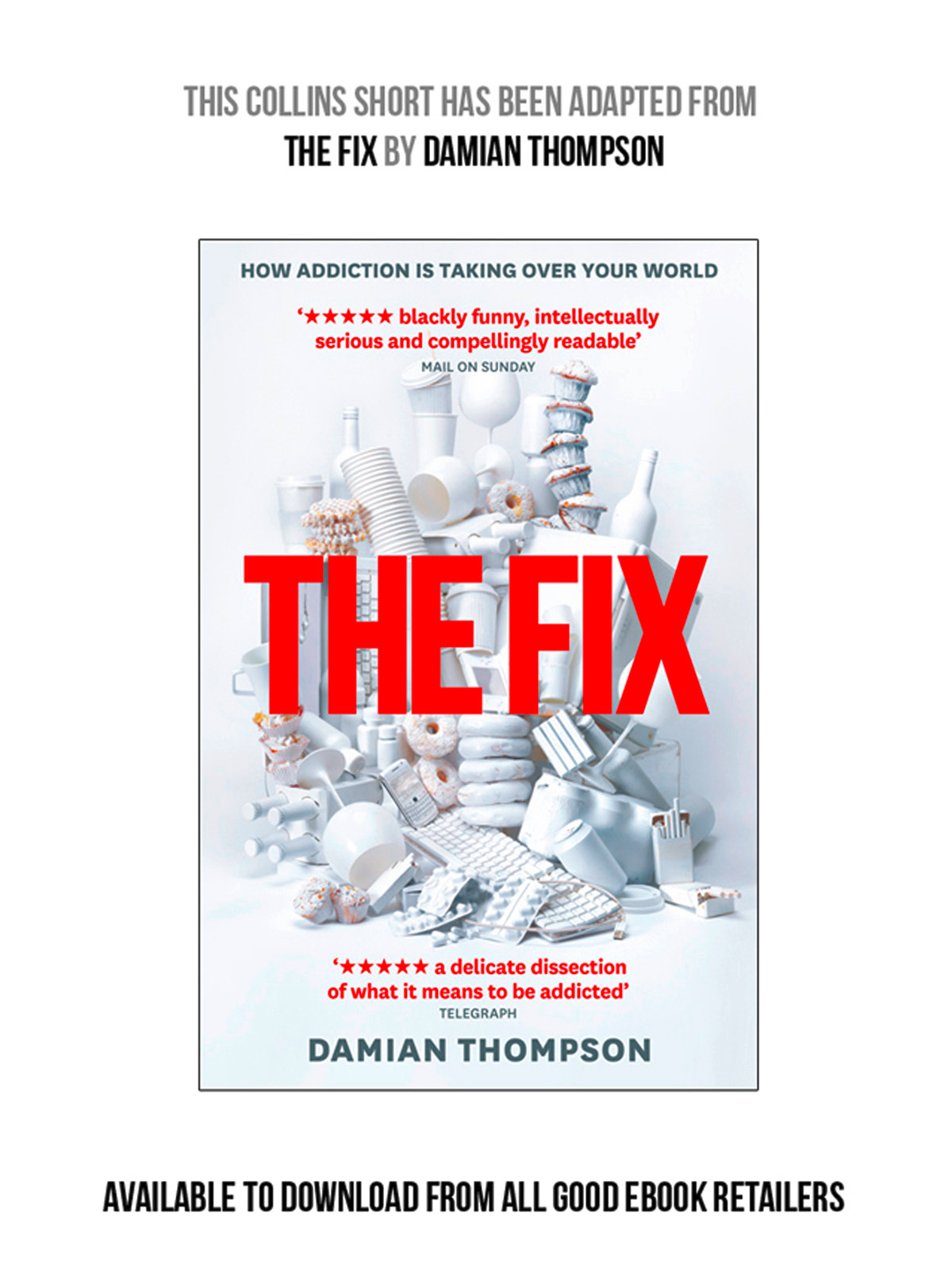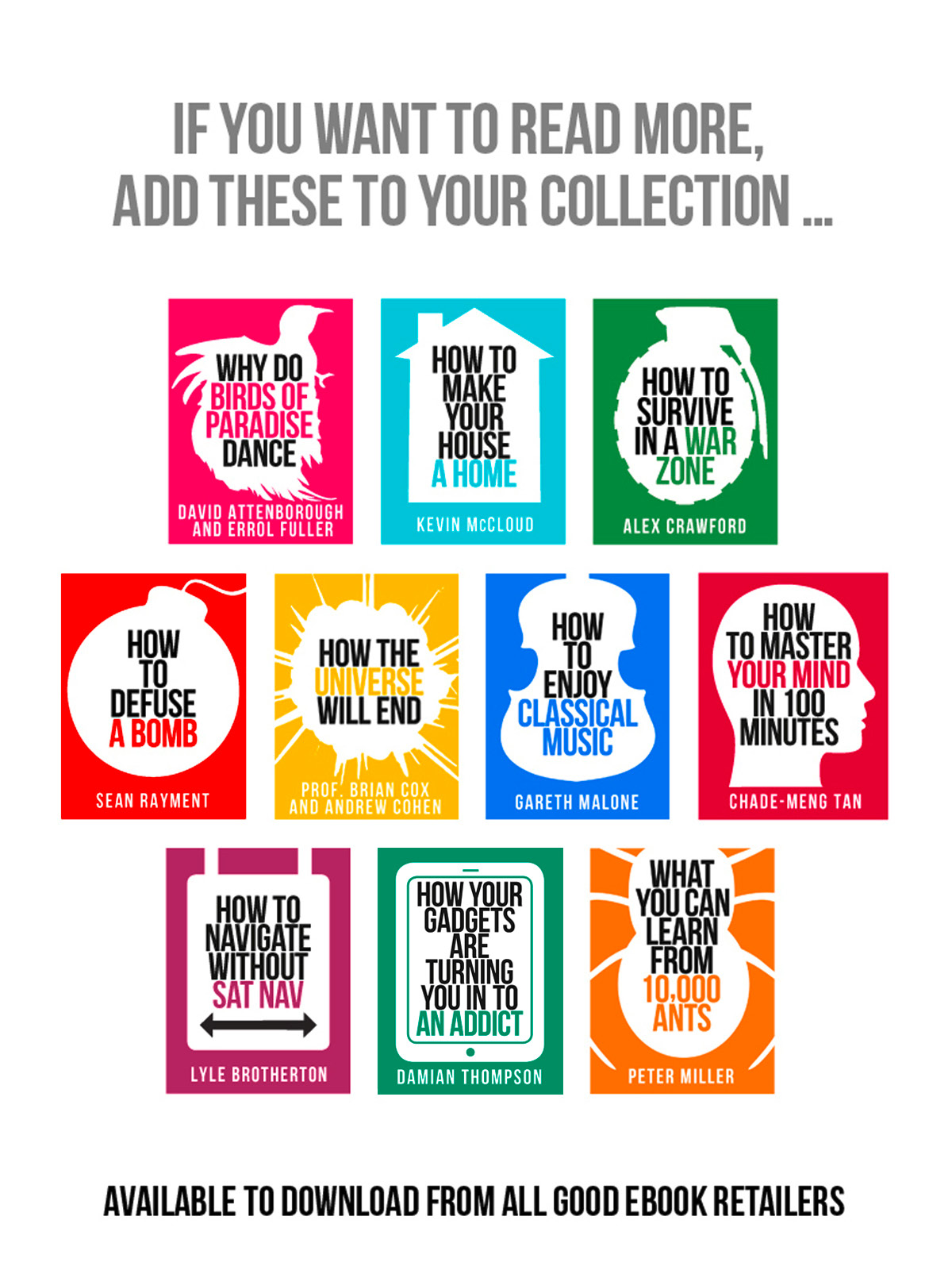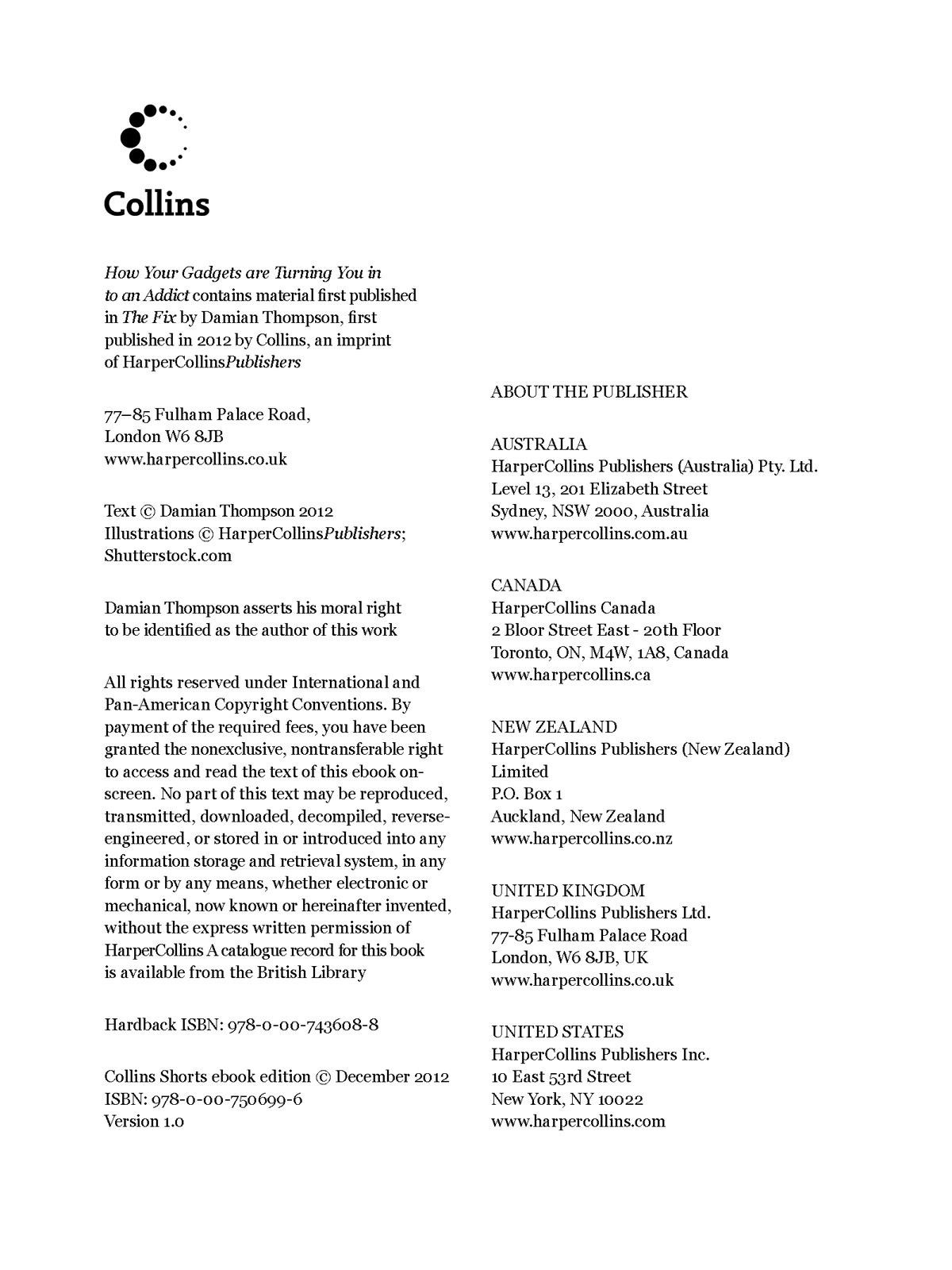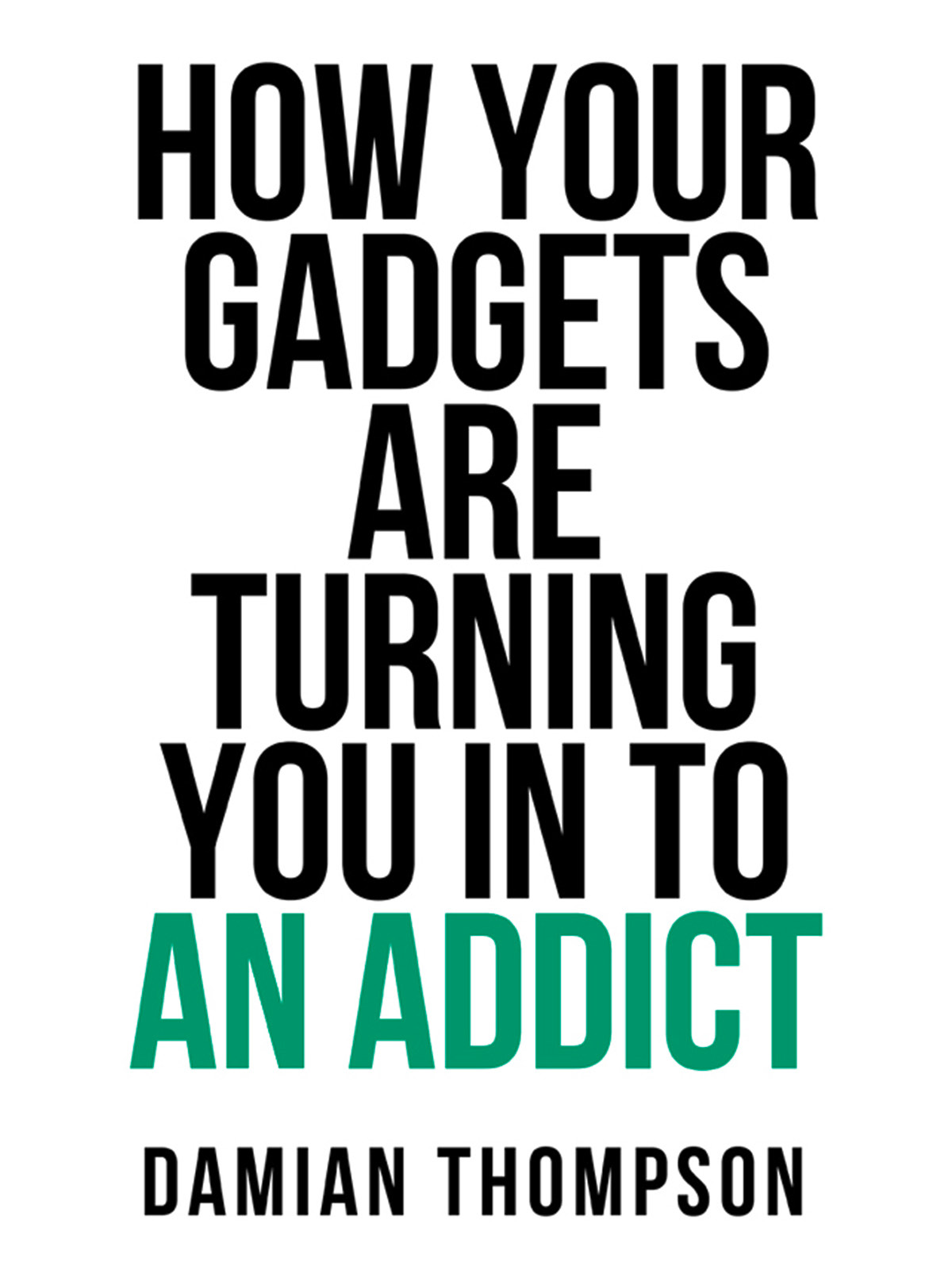

It’s not obvious to us now, but the most far-reaching social development of the early 21st century is our increasingly insistent habit of rewarding ourselves whenever we feel the need to lift our moods. More and more of us are being pulled towards some form of addiction, even though we may be unaware of the fact and never become full-blown addicts.
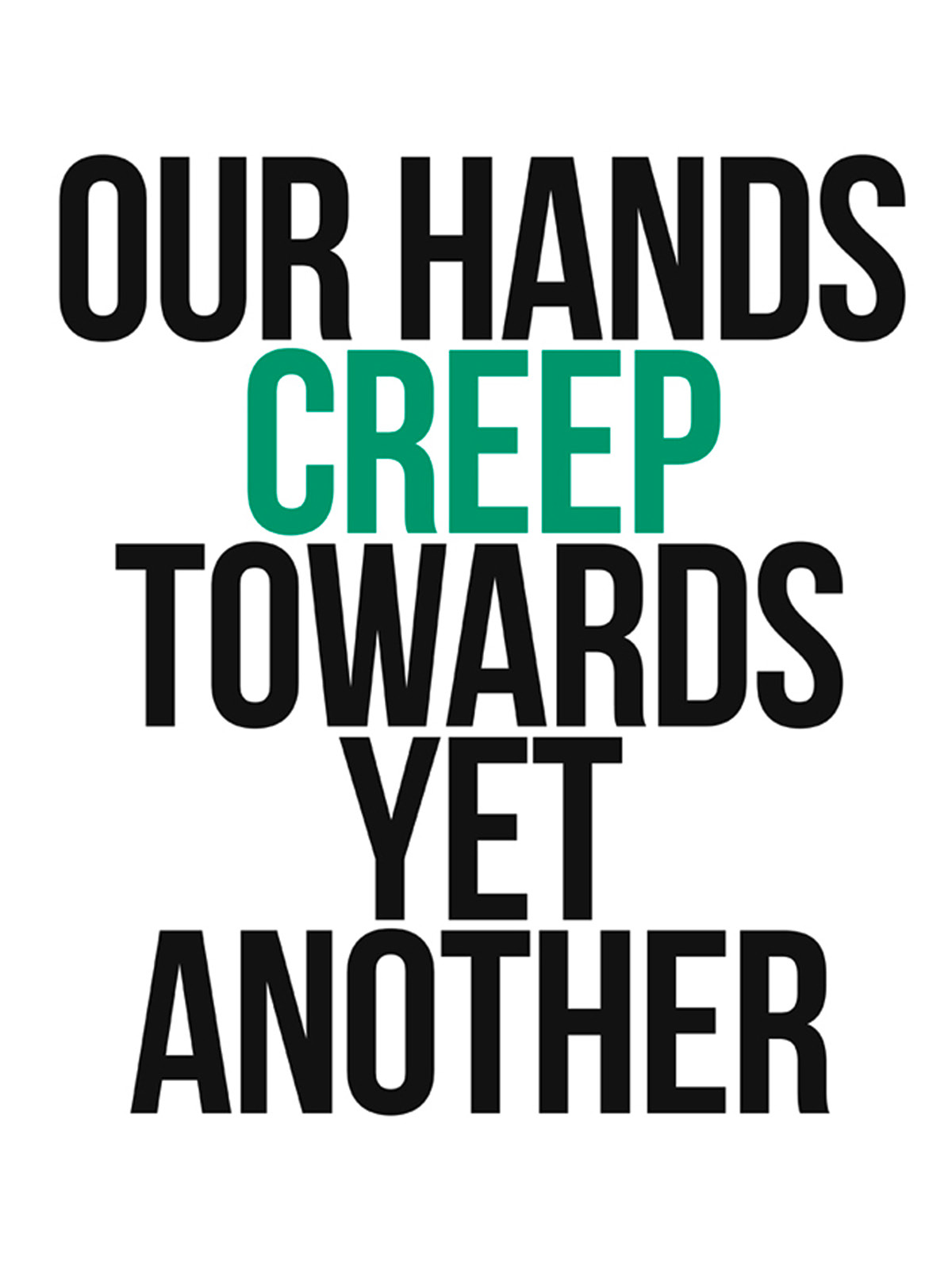

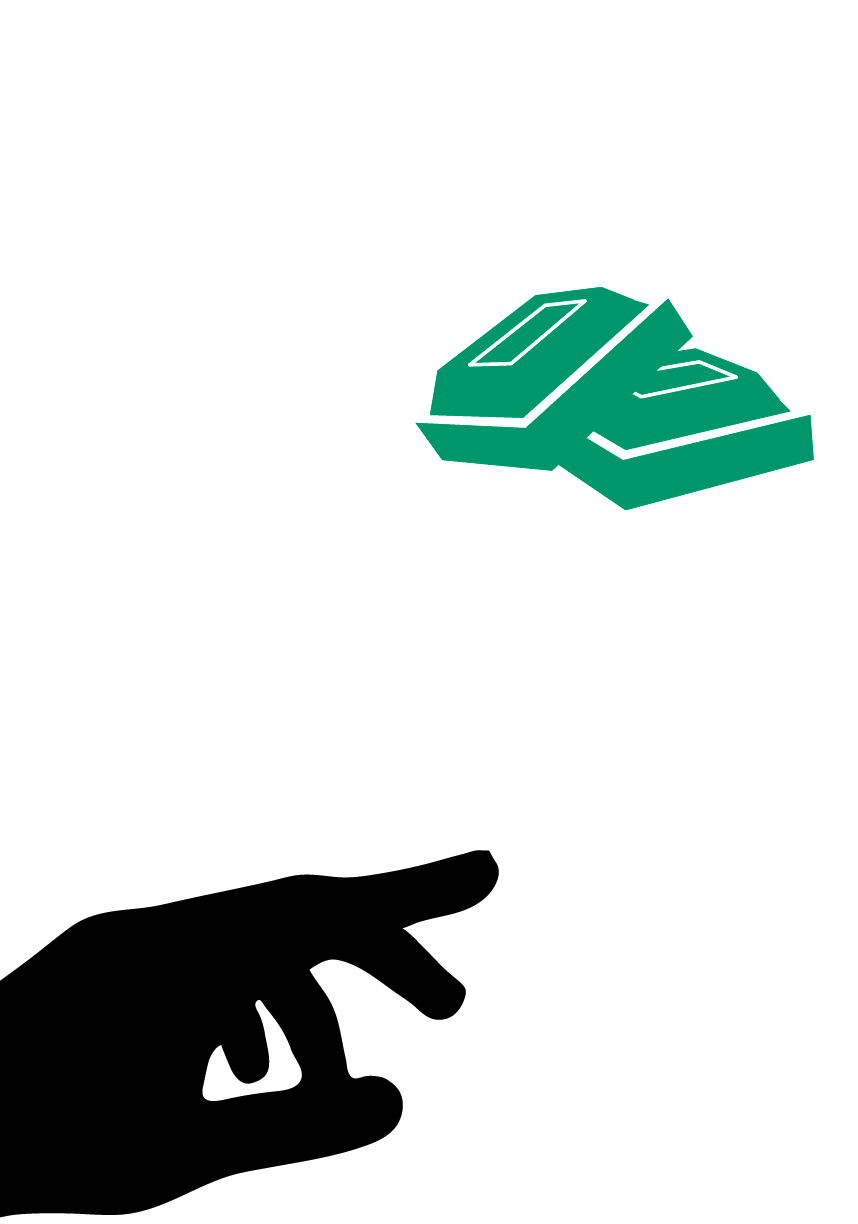
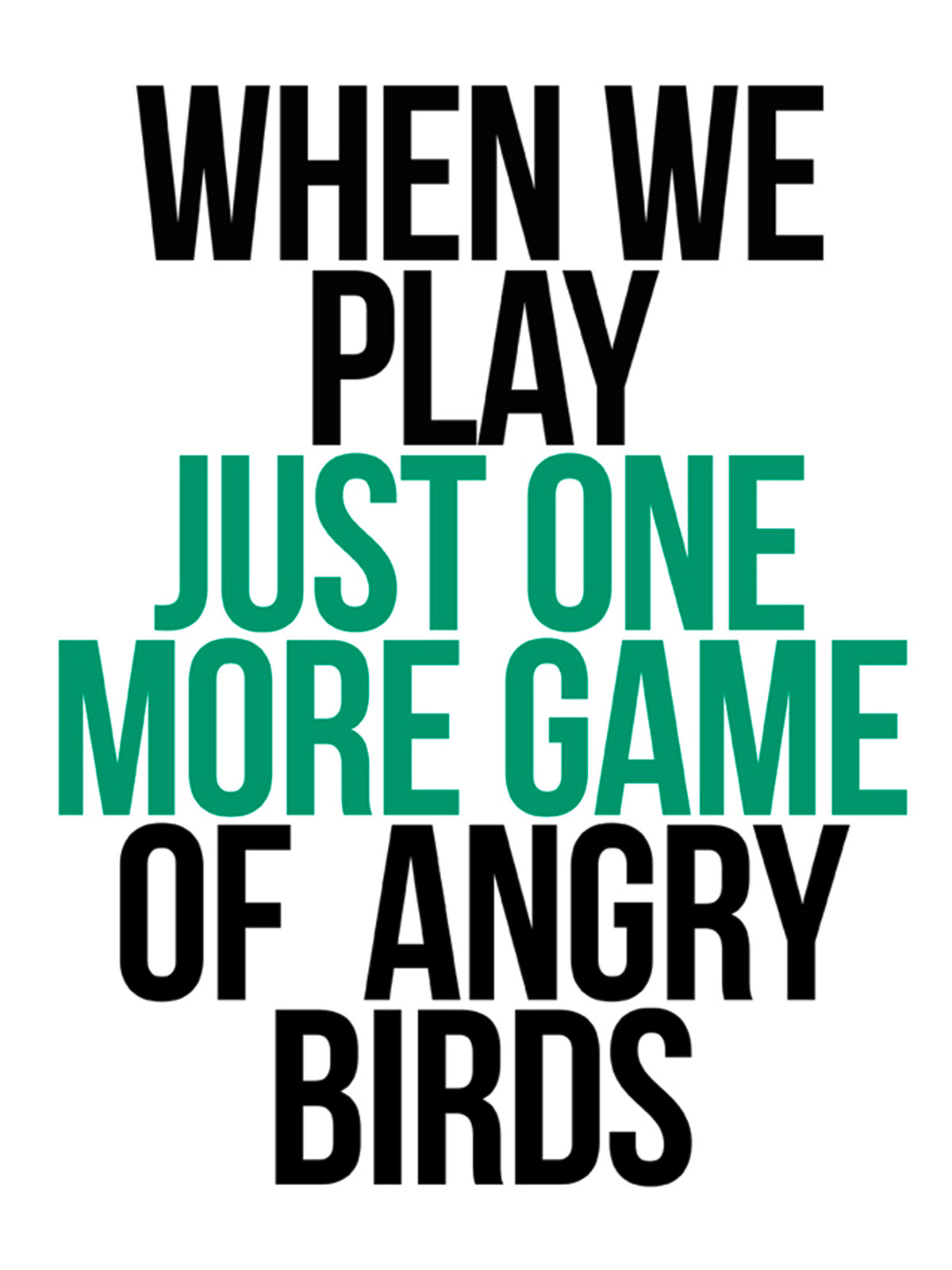
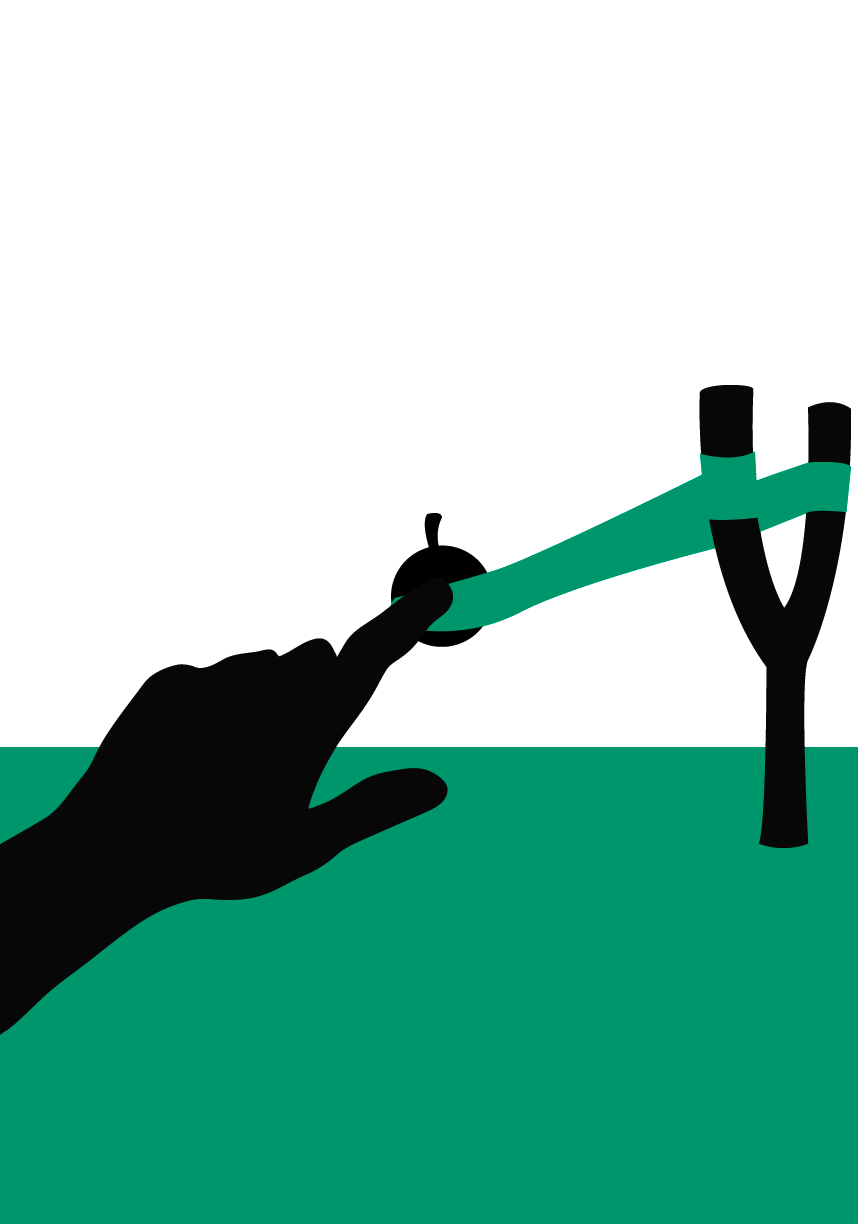

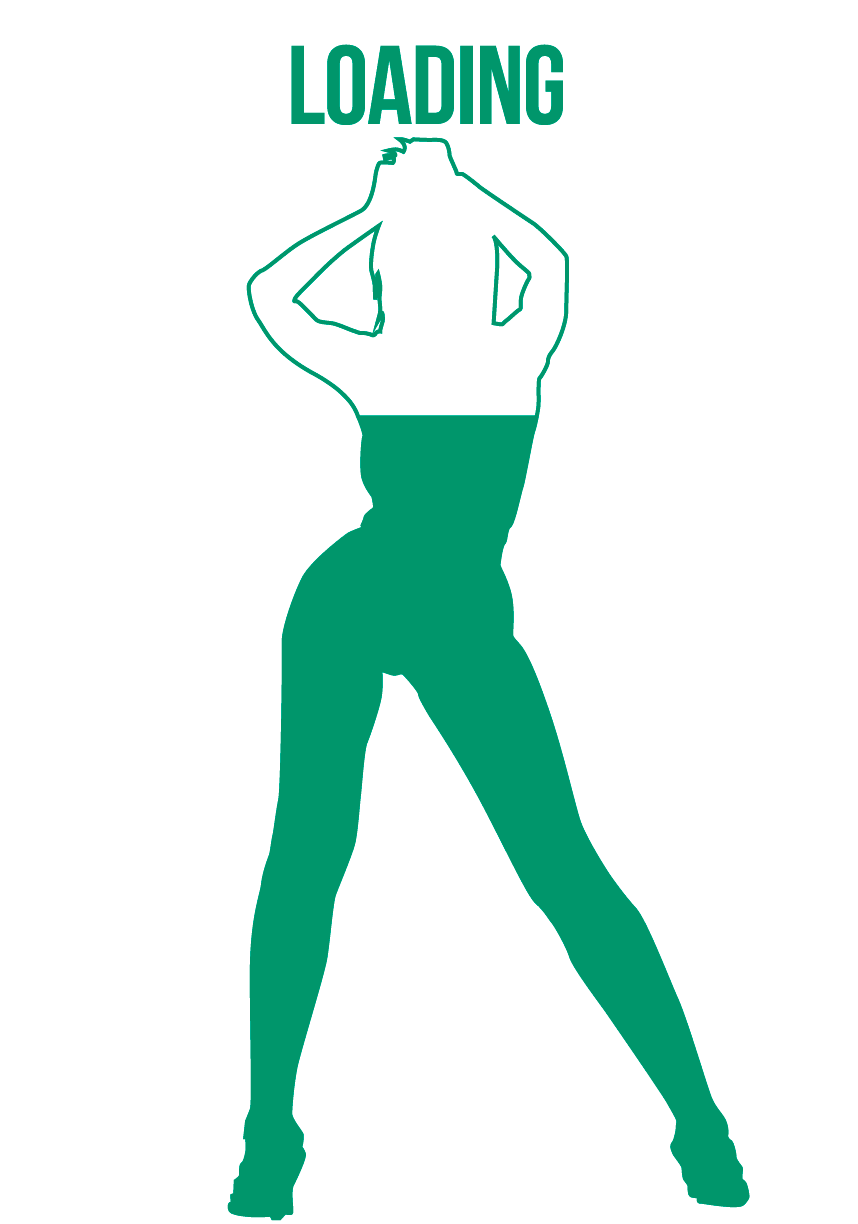
When our hand creeps out towards yet another square of organic chocolate, or when we play just one more game of Angry Birds before setting off for work, or when we check a secretly bookmarked porn site for new arrivals, we’re behaving like addicts. The activity in question can be innocent or shameful. Either way, it reinforces the addictive streak in human nature.
That streak is there because our brains have evolved to seek out immediate, short-term rewards. Our ancestors needed to stuff themselves with energy-rich berries and to respond quickly to sexual stimulation; we wouldn’t be here if they hadn’t.
Our problem is that we’ve built an environment that bombards us with rewards that our bodies don’t need and that do nothing to ensure our survival as a species. Yet, because they are rewards – that is, because they provoke specific feelings of anticipation and pleasure in the brain – we grab them anyway.
To put it another way, we reach out for a fix.
That’s a word we associate with helpless addicts. They talk about their ‘fix’ because it feels as if they’ve temporarily fixed themselves when they take their drug of choice. There’s no mystery about this. As a result of heavy exposure to the drug, they have become dependent on frequent chemical rewards. Their brains are in a state of hypervigilance, waiting for the blessed relief of a chemical that, once tolerance develops, merely allows the addict to feel normal, as opposed to anxious and ill.
That much is not in dispute. Many addiction specialists go further, however. They say that the brains of addicts are fundamentally different from those of non-addicts. They are forced to chase these rewards because they have ‘the disease of addiction’.
I want to challenge that theory. I suggest that, if you keep eating chocolate biscuits until you feel sick, you’re indulging in a milder version of the addictive behaviour that leads heroin addicts to overdose. I’m not equating the two situations, of course. I’m suggesting that they lie at different points on a spectrum of addictive behaviour on which everyone can be located.
Also, and more importantly, many of us are being pulled towards the dangerous end of the spectrum, thanks to technological and social changes that stimulate the most fundamental of all our instincts – desire.
In any discussion of addiction, whether of the trivial or life-threatening variety, the concept of desire is just as important as that of pleasure. Usually, it’s more important. That’s because the anticipation of the fix is more powerful than the moment of consumption, which often fails to live up to expectations. Sometimes we throw internal tantrums when this happens. The fix infantilises us so that, like children, we are constantly and annoyingly hungry for more.
Believe me, I speak from experience.
I spent many years as an addict. I was pathetically addicted to alcohol between the ages of 18 and 32. My doctor tells me I’m still an addict. I’m not exactly happy to wear that label after spending such a long time avoiding so much as a sip of alcohol, but the evidence is compelling. Since giving up drinking, my addictive desires have attached themselves to one thing, person or experience after another.
Perhaps the crucial feature of addiction is the progressive replacement of people by things. That deceptively simple statement is a brilliant insight, though I can’t claim credit for it. It comes from Craig Nakken, author of a bestselling book called The Addictive Personality, who argues that addicts form primary relationships with objects and events, not with people.
He writes: ‘Normally, we manipulate objects for our own pleasure, to make life easier. Addicts slowly transfer this style of relating to objects to their interactions with people, treating them as one-dimensional objects to manipulate as well.’
What begins as an attempt to find emotional fulfilment ends up turning in on itself. Why? Because the addict comes to judge other people simply in terms of how useful they are in delivering a fix. And, at some stage, everybody lets you down. Therefore the addict concludes that objects are more dependable than people. Objects have no wants or needs. ‘In a relationship with an object the addict can always come first,’ says Nakken.
I felt a shiver of recognition when I first read those words.
••••••
So what about the iPhone? Isn’t it a bit much to call our love affair with this shiny gadget an ‘addiction’? Researchers at Stanford University aren’t so sure: in a survey of 200 Stanford students in 2010, 44 per cent of respondents said they were either very or completely addicted to their smartphones. Nine per cent admitted to ‘patting’ their iPhone. Eight per cent recalled thinking that their iPods were ‘jealous’ of their iPhones.
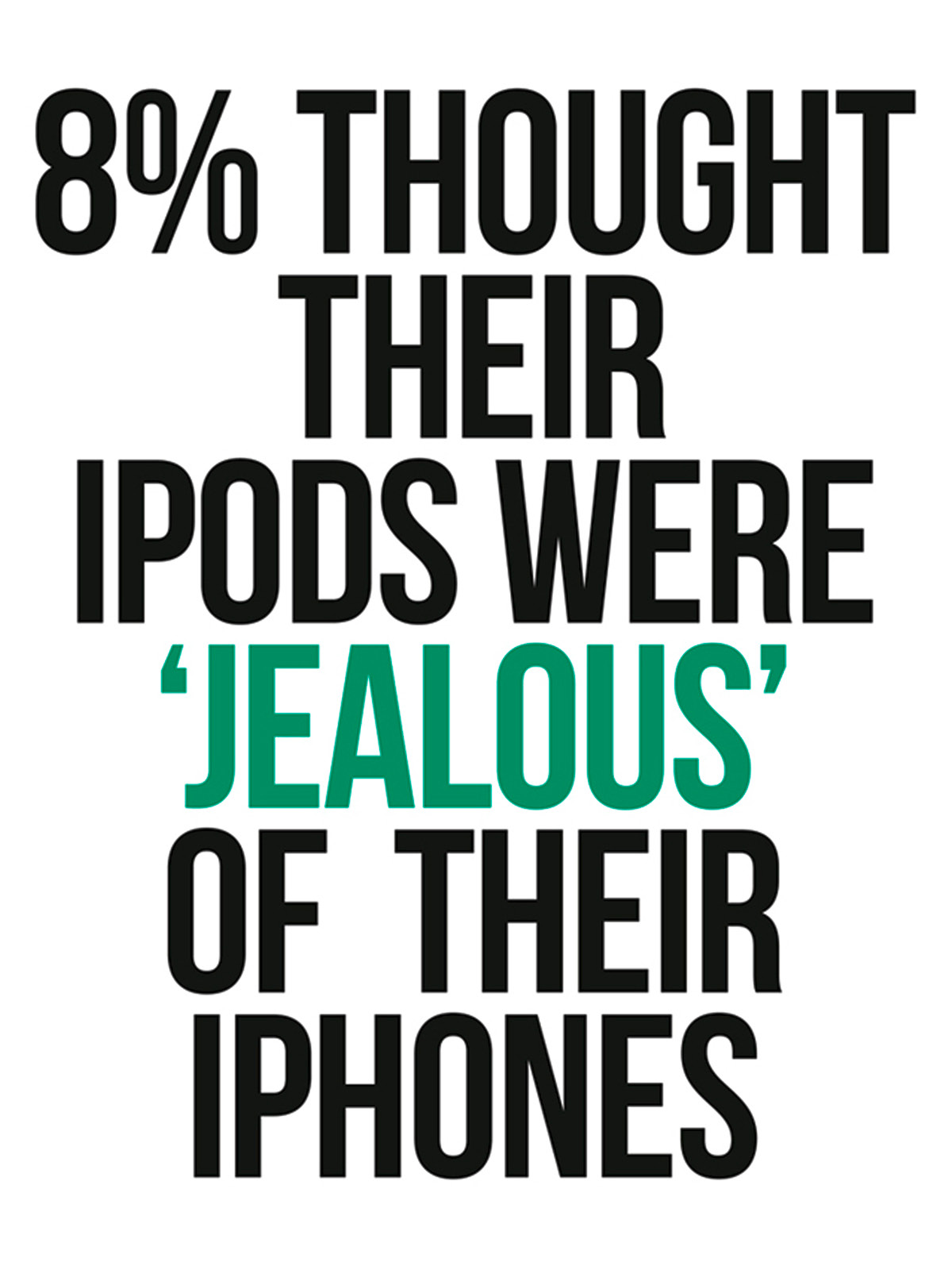
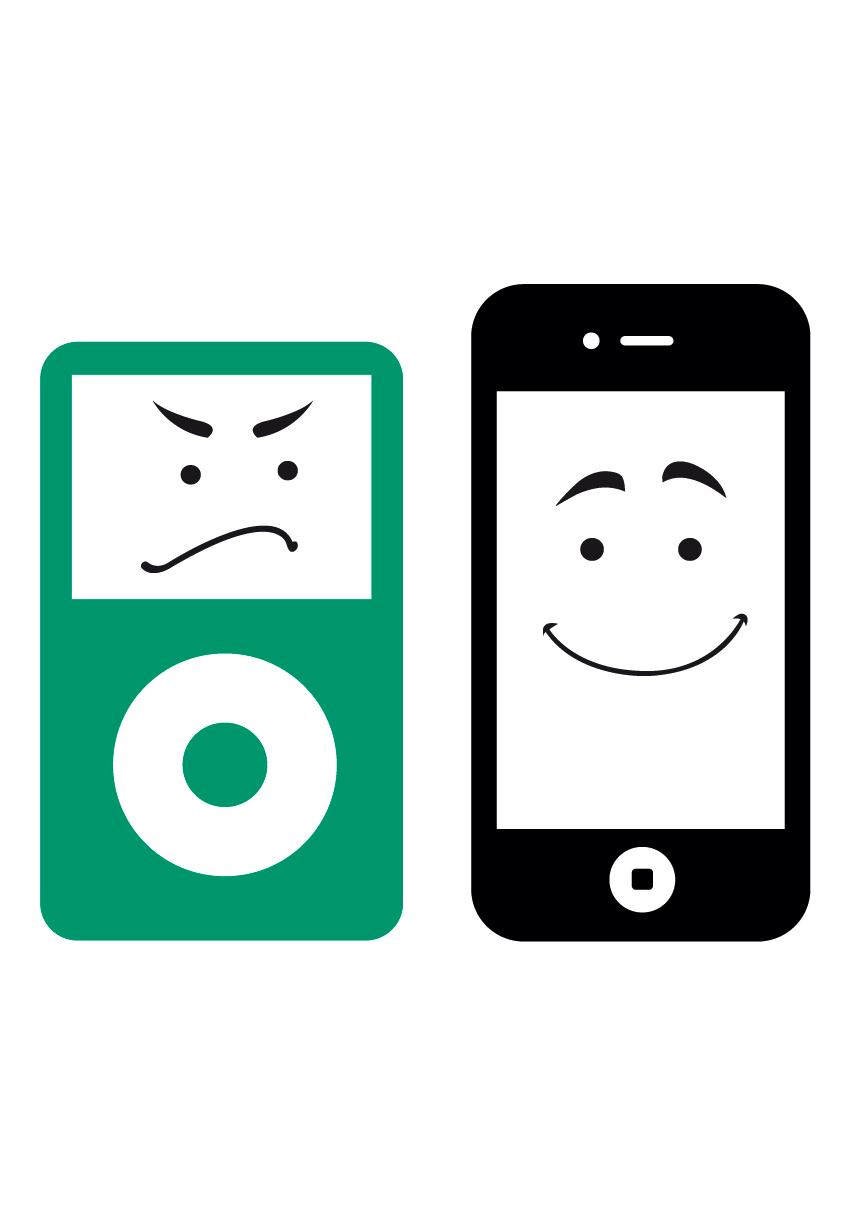
These are strange things for students at one of America’s top universities to say about their phones, even in jest. They also reveal something about how completely the iPhone has become part of these students’ identities and social frameworks. They’re not just tools that allow us to connect instantaneously and prolifically with others: they’re also being afforded identities of their own – ‘patted’, protected and cherished.
Perhaps it has something to do with how these devices are engineered. They practically force you to perform repetitive rituals of the sort associated with obsessive-compulsive behaviour: from the initial activation of the iPhone to the weekly ‘syncing’ and nightly charging, your relationship to the phone is structured for you. And because the iPhone’s battery life isn’t quite enough to last a full day’s use, ‘pit stop’ charges become a regular feature of the day. iPhone users can often be seen checking for power sockets in coffee shops so that, while they get their own fix of caffeine, their phones can get juiced up as well.
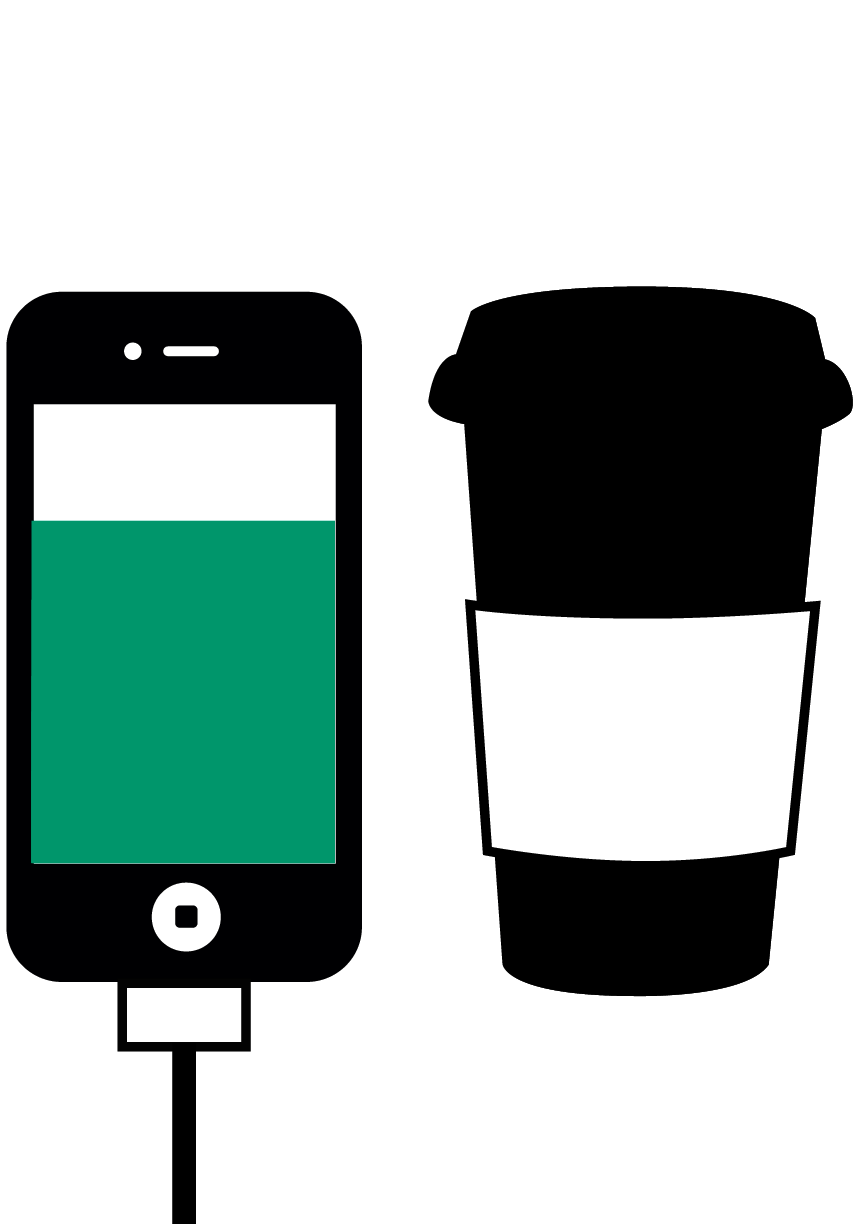
‘iPhone owners live in a constant state of anxiety about their battery levels,’ says Milo Yiannopoulos, editor of The Kernel, an online culture magazine. ‘To some extent, the phone ends up structuring their day. For example, they tend not to plan to be out of the office for more than six hours at a time, in case they run out of battery and have to start knocking on doors, USB cable in hand, begging for a few minutes’ worth of charge to get them through the afternoon.’
Talk about the replacement of people by things. The 4S version of the iPhone, released in October 2011, includes a virtual assistant called Siri that responds to spoken instructions and speaks back to the user. This infant technology is already so complex that you can have entire conversations with Siri. She will then execute commands, in some cases fetching very specific data from the internet. ‘Intelligent personalised assistant software is going mainstream,’ says Yiannopoulos. ‘Never in the history of mass-market consumer electronics has the line between man and machine been so blurred.’
It’s significant that a quarter of respondents in the survey above said they found iPhones ‘dangerously alluring’. They are supposed to be. Absolutely nothing is left to chance in the design of these devices. If Apple customers have an embarrassing tendency to anthropomorphise their gadgets, that is because Apple has explored the possibilities of the human mind and body more thoroughly than any of its competitors.
For example, one of the most appealing features of the MacBook laptop line has been the status light, which pulsates gently when the computer is sleeping. Early reviewers cooed over the calming effect of the light, but couldn’t put their finger on why it felt so good to watch. Later, it was revealed that Apple had filed for a patent for a sleep-mode indicator that ‘mimics the rhythm of breathing’ and was therefore ‘psychologically appealing’.
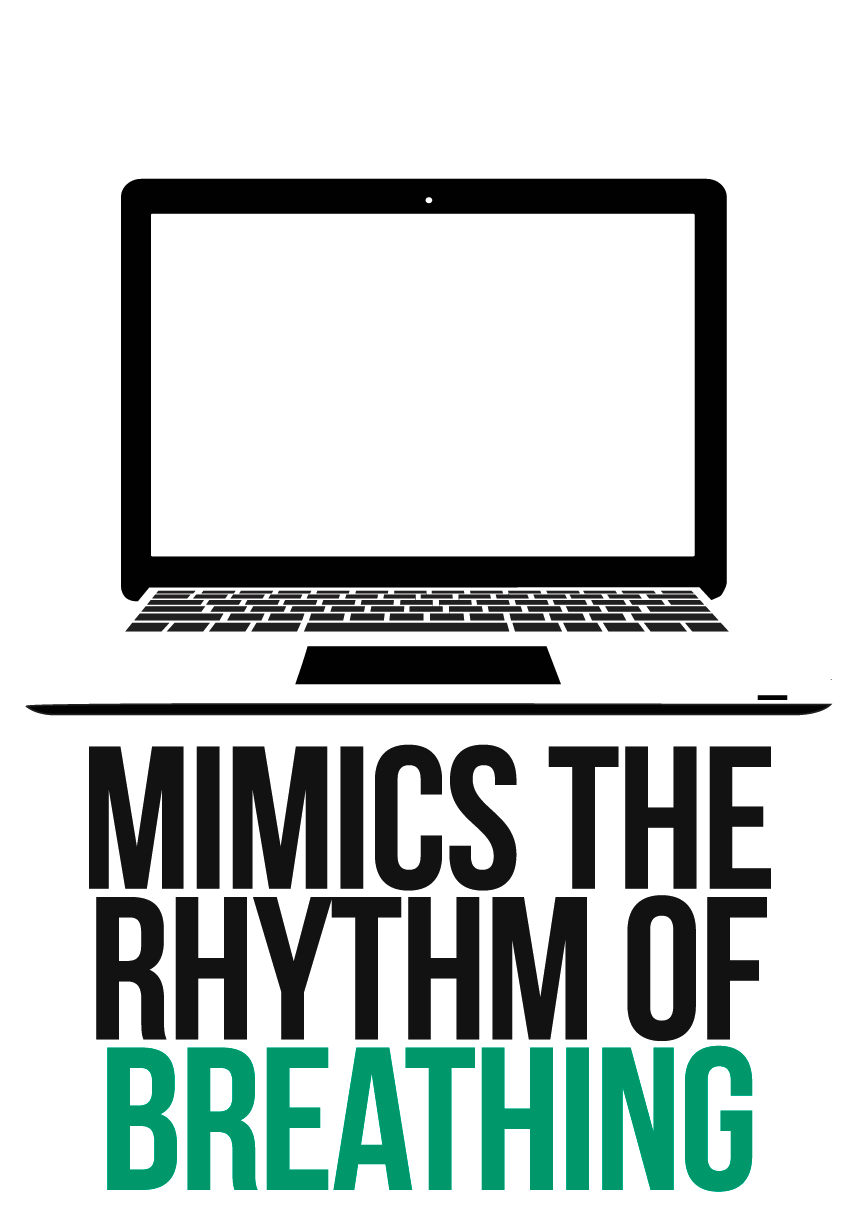
As the tech blogger Jesse Young noted, while Apple’s sleep light matched the pace of breathing while we sleep, Dell’s was closer to breathing during strenuous exercise. ‘It’s interesting how a lot of companies try to copy Apple but never seem to get it right. This is yet another example of Apple’s obsessive attention to detail,’ he wrote.
Former Apple executives describe the lengths the organisation goes to in order to create coveted products. There’s a design-dominated power structure that results in hushed reverence when Jonathan Ive, Senior Vice President of Industrial Design, walks into the boardroom. ‘Marketing and design have been fused into a single discipline at Apple,’ says Yiannopoulos. ‘Everything, from product strategy to research and development, is subordinate to making the products as beautiful and compulsive – that is, as addictive – as possible.’
It works. To quote an extreme example, in 2010 a schoolboy in Taiwan was diagnosed with IAD – iPhone Addiction Disorder. According to Dr Tsungtsai Yang of the Cardinal Tien Hospital, his eyes were glued to his phone screen all day and all night. Eventually, ‘the boy had to be hospitalised in a mental ward after his daily life was thrown into complete disarray by his iPhone addiction’.
Two days after it opened in 2010, I visited the Apple Store in Covent Garden – a magnificently restored Palladian building dominated by a glass-covered courtyard. The heady aroma of addiction was unmistakable. The misery in the queue for the Genius Bar, where broken computers are diagnosed, was painful to behold. Legs were crossed and uncrossed and eyebrows twitched every time a Genius read out a name. I couldn’t help thinking that these customers looked like addicts waiting for their daily dose of methadone.
I wanted to ask a Genius what it was like dealing with people who weren’t just asking what was wrong with their laptops but pleading for (literal) fixes. A start-up CEO friend of mine put out a message to one of his networks. Shortly afterwards, a young man called Ben Jackson, a social media entrepreneur, emailed to say he could meet me for coffee in Soho, London, a few streets from the Apple Store where he had spent two years as a Genius.
Ben, like many former Apple employees, inhabited the cooler end of the geek spectrum, with glasses offset by a gym-honed body. He didn’t need any prompting to talk about addiction to technology: the experience of seeing the addiction every day – deliberately stimulated by the company – was one of the reasons he left the store.
‘I saw a whole range of addictive behaviours. It’s one of the things that made the Apple Store such a surreal place to work. At one end of the scale you have the total Apple obsessives who exhibit a sort of religious fanaticism that the company does nothing to discourage – it encourages it, in fact. They’re the people who will book the same tutorial again and again, being shown how to do stuff they already know.
‘When a new product is launched, it’s the same faces at the front of the line every time. They treat the staff almost like celebrities, trying to ingratiate themselves. At the Genius Bar, they’ll show you Apple products from years ago, and you’ll have to pretend you haven’t seen them before, because they need their egos massaged. It’s kind of sad. Well, it is sad.’ But it’s not only the true obsessives who are touched by addiction, according to Ben. ‘There’s a general perception that Apple is awesome in a way that other companies aren’t – a perception that’s quite at odds with the way it operates behind the scenes. Even the products are considered awesome, which is why otherwise normal people would get quite disproportionately angry and upset if anything went wrong with them. And it’s also why there’s such unease if people think they’ve fallen behind, that their stuff is out of date. But the point is that you can’t keep up to date without spending a lot of money on things you don’t need, because the products are just coming out too fast.
‘I’ve seen people burst into tears because a credit check wouldn’t allow them to stretch to the latest upgrade. That’s when I started thinking: I need to get the hell out of here.’


Admittedly, many psychiatrists don’t believe in ‘internet addiction’ as a medical condition, let alone addiction to a specific model of smartphone. They argue that obsessive users aren’t addicted to the internet so much as to the experiences it provides, such as digital porn and computer games. But few experts would deny that gadgets such as iPhones can produce behaviour that bears the hallmarks of addiction. And it’s becoming increasingly clear that the ability of manufacturers to stimulate this behaviour is racing far ahead of our ability to cope with the psychological and social problems that are created as a result.
The science of pleasure is playing a greater role in the marketing strategies of all sorts of companies: the people who waft the smell of freshly baked doughnuts at you in the shopping mall have fine-tuned their recipes in the laboratory, not the kitchen. But Apple is in a class of its own. No other company has managed to mix such a finely balanced cocktail of desire, in which the crude flavour of compulsion is disguised by a deliciously minimalist aesthetic.
‘More than any other product, the iPhone has encouraged the tech industry to concentrate on getting people hooked on things,’ says Yiannopoulos. ‘Apple’s marketing genius, and the incredible attention to detail paid to the design of their devices, filters down into the iPhone developer ecosystem.’
He cites the example of Angry Birds, a simple computer game app that, by May 2011, had been downloaded 200 million times. The premise of Angry Birds is simple: players launch birds across the screen with a slingshot, judging the trajectory of flight and altering the force and initial direction accordingly. It sounds harmless enough. But type ‘Angry Birds addiction’ into Google and you’re presented with 3.24 million results.
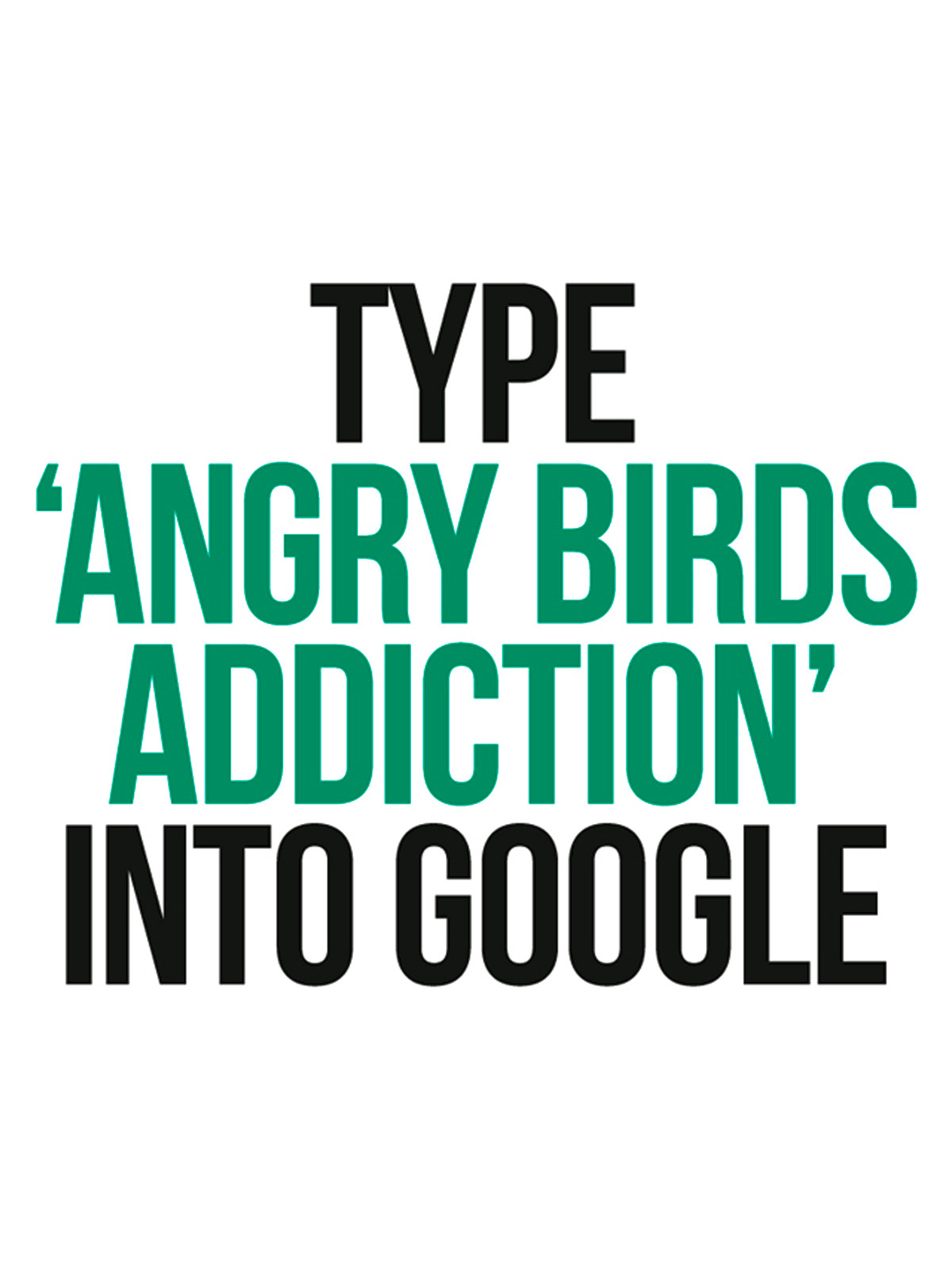
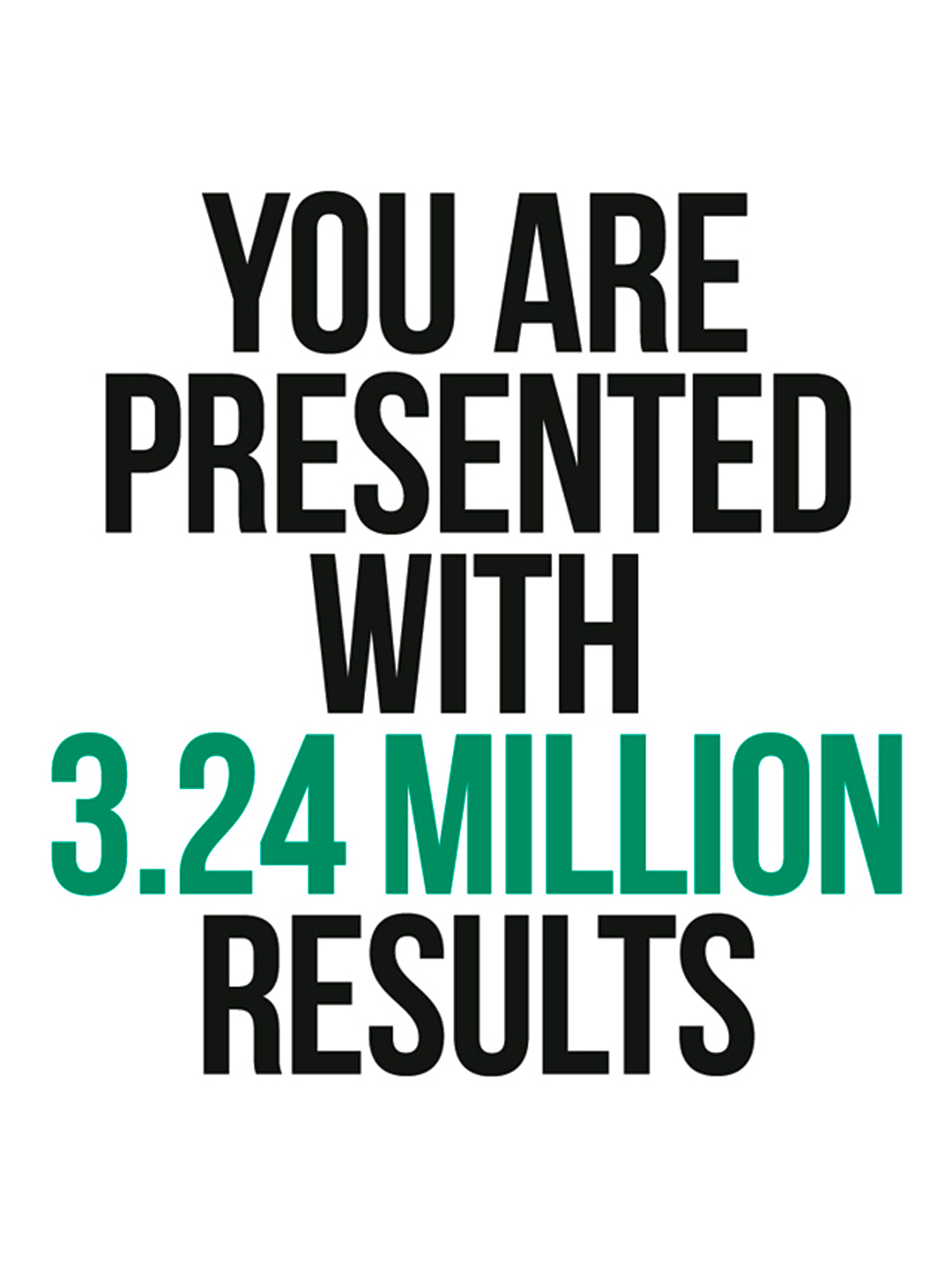

So many people complain about being addicted to the game that it has spawned self-help pages all over the internet. Some of these pages ask whether Angry Birds addictions are changing people’s brains. Self-described addicts say they don’t know why they can’t put the game down, and talk about compulsively tracing their fingers on tables as they subconsciously recall the catapult action of the game. These sound suspiciously like the little rituals associated with alcoholism and drug abuse.
Again, perhaps a degree of scepticism is called for: it can only be a matter of time before some opportunistic researcher diagnoses ABAD – Angry Birds Addiction Disorder. No doubt the Angry Birds craze will fade, as these crazes always do. But it may well leave behind a residue, in the form of the compulsive instinct to perform repetitive actions.
It’s not a conspiracy theory to suggest that the primary task of iPhone game developers is learning how to manipulate our brains’ reward circuits. They cheerfully admit as much. At the 2010 Virtual Goods Summit in London, Peter Vesterbacka, lead developer for Rovio, the company behind Angry Birds, described how they make the game so addictive. ‘We use simple A/B testing to work out what keeps people coming back,’ he said. ‘We don’t have to guess any more. With so many users, we can just run the numbers.’
We can just run the numbers. Remember those words. Where previously advertising and marketing were more creative disciplines that involved a huge element of risk, a new generation of manufacturers doesn’t need to guess what will keep us coming back for our fix: they already know.

